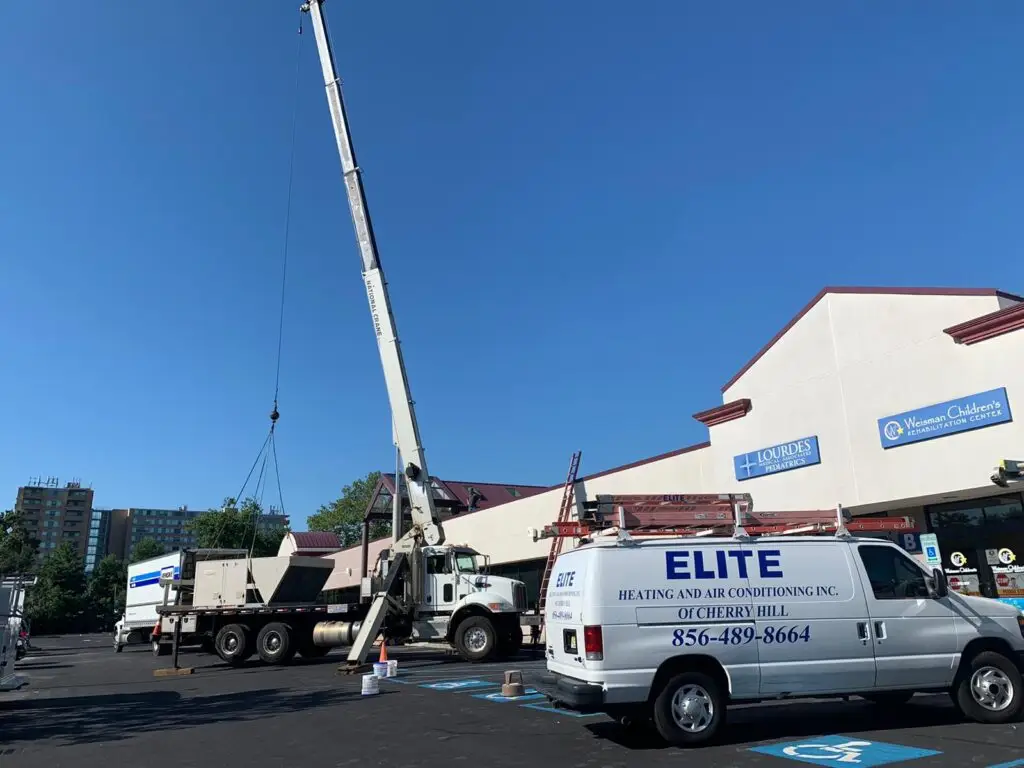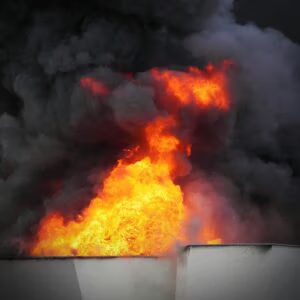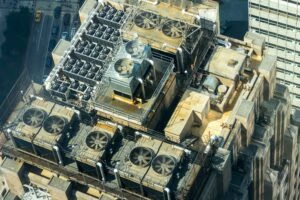Is Your Commercial Thermostat Blank? Here’s What Might Be Wrong and How to Fix It
In a busy commercial or industrial space, a blank thermostat screen can quickly lead to discomfort, disrupted operations, and increased energy costs. Thermostats control everything from temperature to HVAC scheduling, so when the display goes dark, it’s a signal that something’s wrong. Here’s a guide to the common causes behind a blank thermostat and how to address the issue before it affects your building’s comfort.
1. Power Loss or Blown Fuse
In many commercial thermostats, a blank screen often points to a power issue. Thermostats can lose power due to tripped breakers, blown fuses, or even power surges that interfere with the system’s operation.
- What to Check: Start by inspecting your circuit breaker panel to ensure no circuits are tripped. If the thermostat runs on batteries, it’s also a good idea to replace them.
- Pro Tip: If the breaker continues to trip after resetting, call a licensed HVAC technician. Persistent breaker issues can indicate underlying electrical faults that may impact other parts of your HVAC system.
2. Wiring Problems or Loose Connections
Thermostats depend on a network of wires to communicate with the HVAC system. In high-traffic areas or during routine maintenance, wires can become loose or damaged, causing the thermostat to go blank.
- What to Check: If you feel comfortable doing so, carefully remove the thermostat cover to inspect for any visible wiring issues. Loose wires or connections can be tightened, but avoid doing this without HVAC knowledge as improper handling can lead to further damage.
- Pro Solution: HVAC technicians can inspect and repair wiring issues safely, checking for any loose, frayed, or corroded connections. This type of service ensures your thermostat and HVAC system work efficiently together.
3. Thermostat Malfunctions
Over time, commercial thermostats may experience internal malfunctions. Whether due to age, manufacturing flaws, or environmental factors, a blank thermostat may simply mean it’s time for a replacement.
- What to Check: Check if other thermostats in your building are operational. If only one unit is blank, the issue is likely isolated, and it may be time to consider an upgrade.
- Expert Insight: An HVAC professional can assess your thermostat for repair or replacement. For commercial buildings, upgrading to a smart or programmable thermostat can improve energy efficiency and temperature control across large zones.
4. Temperature-Activated Safety Features
Certain thermostats, especially those designed for large commercial buildings, have safety features that shut off the display if the system overheats. If this is the case, it may also signal issues within the HVAC unit itself.
- What to Check: Look for any error messages on nearby equipment or other thermostats in your system. If the HVAC unit seems unusually warm or is cycling erratically, shut off the system and contact a professional.
- Pro Solution: HVAC technicians can inspect both the thermostat and the entire HVAC system for overheating issues, helping you identify and prevent any potential hazards.
Quick Reference Guide: Thermostat Troubleshooting
| Cause | Signs | DIY Tips | When to Call a Professional |
|---|---|---|---|
| Power Loss | Thermostat blank, no HVAC response | Check circuit breakers, replace batteries | Frequent power issues or tripping breakers |
| Wiring Problems | Inconsistent HVAC operation | Inspect for loose connections if safe | Persistent wiring issues or system errors |
| Thermostat Malfunction | Only one unit affected, display off | Consider upgrading to a smart thermostat | For accurate diagnostics and efficient replacement |
| Safety Shutdown | Unit overheats or cycles off | Turn off system to cool, check for errors | Immediate professional inspection for overheating |
Frequently Asked Questions
If the thermostat frequently goes blank, fails to communicate with the HVAC system, or displays error codes, it may be time to consider a replacement. Newer programmable models offer better temperature control, which can be beneficial in commercial spaces.
Yes. A malfunctioning thermostat can cause inefficient cooling or heating, uneven temperatures, and even system strain, leading to higher energy costs and potential repairs.
Commercial thermostats typically last between 10-15 years. However, regular maintenance and timely upgrades are recommended for optimal performance and energy savings.
Final Thoughts
A blank thermostat in a commercial building isn’t just an inconvenience; it’s a signal that part of your HVAC system may need attention. Whether it’s a power issue, wiring fault, or an aging unit, addressing thermostat problems quickly will help keep your commercial space comfortable and energy-efficient. For expert thermostat repair, installation, or an upgrade to a programmable thermostat, rely on Elite Heating and Air Conditioning in New Jersey for professional and reliable solutions.

- commercial HVAC service, commercial thermostat blank, HVAC repair, thermostat display issues, thermostat troubleshooting


